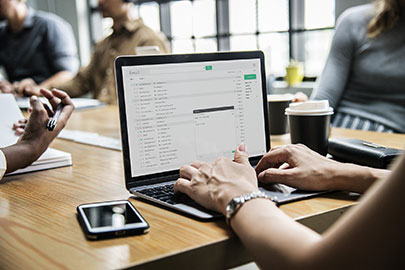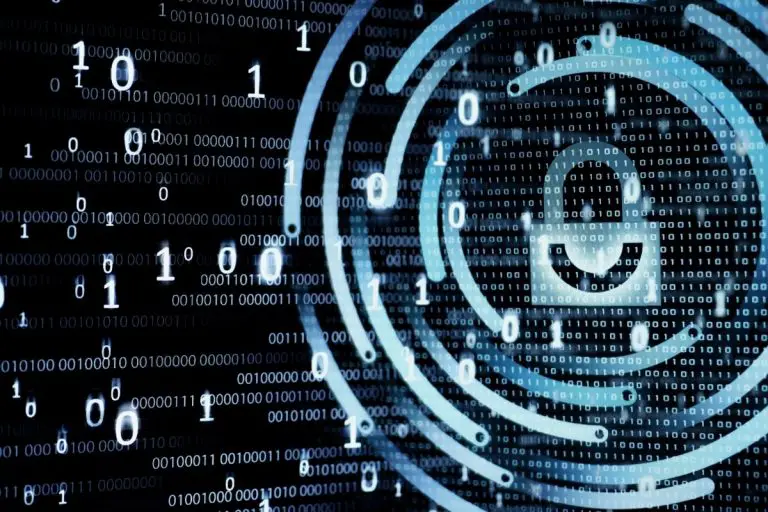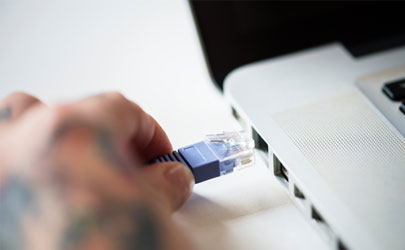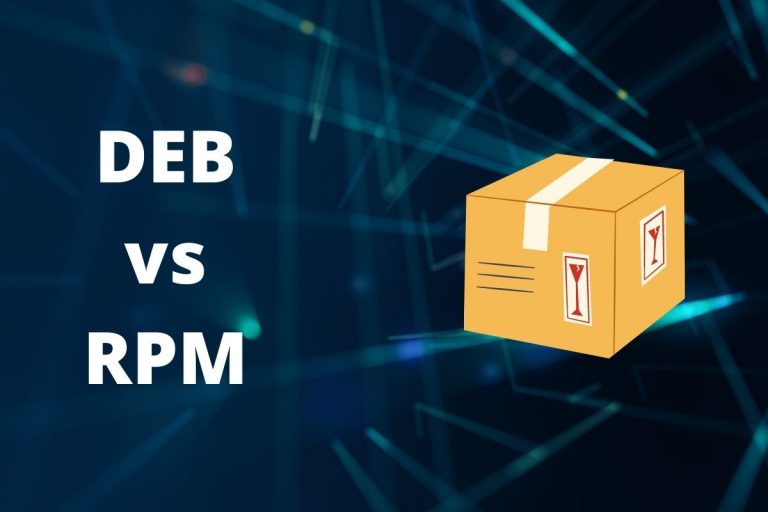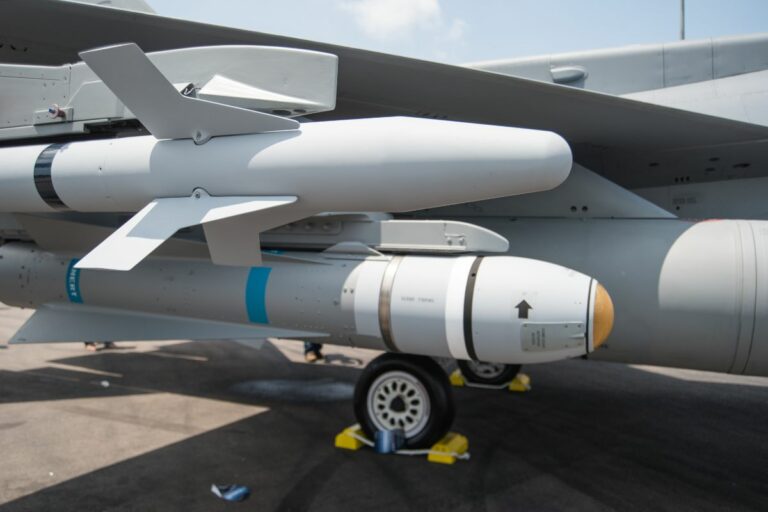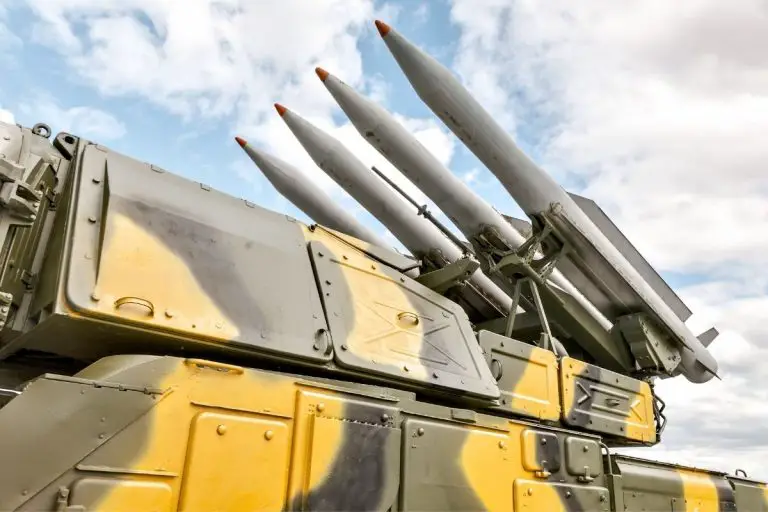Computer vs Robot: What’s the difference, really?
Having worked with both computers and robots over the years, I’ve had firsthand experience to answers your questions. Many people blur the line between these two words. However, understanding their differences helps us appreciate the unique contributions both bring to our technological world.
In simple terms, a robot and a computer are different because a robot can do things in the real world, like picking up objects or moving around, while a computer can’t. A computer is an electronic tool that takes in, stores, and processes information, but doesn’t interact with physical stuff directly.
But that’s just scratching the surface! Continue reading to explore deeper and discover how these two technologies share common points and differences.
What exactly is a computer in the first place?
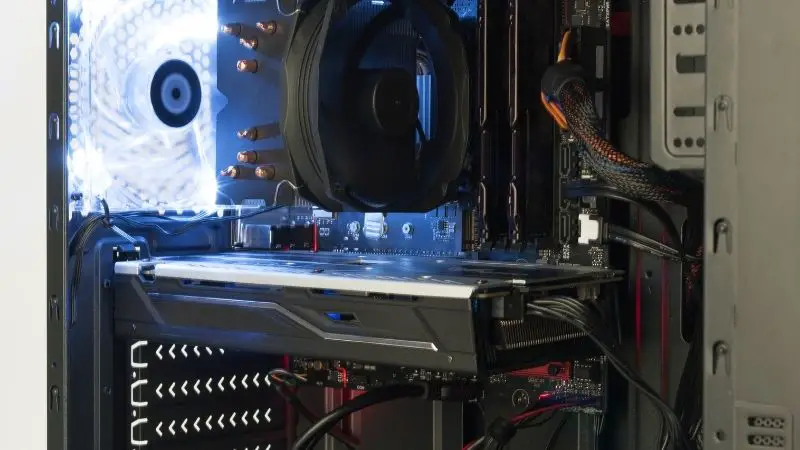
Description
A computer is an electronic device that manipulates data or information. It can store, retrieve, and process data, doing everything from drafting a simple Word document to rendering high-resolution graphics for the latest video games.
You’re basically using a computer right now, so I guess you know what it is, but I still want to cover the details, that’s how you’ll understand the subtle differences later on.
History and Evolution
In the 19th century, mechanical devices like the Analytical Engine by Charles Babbage laid the groundwork for modern computing.
From gigantic, room-sized machines in the mid-20th century, computers evolved into smaller, faster, and more versatile devices.
Nowadays, they range from powerful desktop computers to portable laptops, tablets, and even pocket-sized smartphones.
Related: 7 Key Differences Between A Computer And A Machine (With Table)
Purpose and Usage
The role of computers is vast. They’re used to perform complex calculations, store vast amounts of information, and execute a variety of tasks. In offices, they streamline administrative work and increase productivity. At home, they provide entertainment, education, and a means of communication. Other sectors like medicine, architecture, and aeronautics also heavily rely on computers for research, design, and simulations.
Characteristics
Computers have a few primary components. The Central Processing Unit (CPU) is the brain, executing instructions. The Random Access Memory (RAM) stores temporary data for quick access, and the hard drive stores long-term data.
Additionally, they have input devices like a keyboard and mouse and output devices like a monitor and printer.
Manufacturing Process
Making a computer involves various high-tech industries. The semiconductor industry creates microprocessors, memory chips, and other electronic components. Then, these parts are assembled together on a motherboard. Computers also require a case, power supply, and various peripherals to be fully functional.
Introducing robots

Description
A robot is an automated machine that can carry out tasks without human intervention. This broad definition encompasses everything from a simple automated vacuum cleaner to a sophisticated robotic arm on a Mars rover.
History and Evolution
The idea of creating artificial beings traces back to ancient civilizations, but real-life robots are a relatively recent invention. The term “robot” was coined in a 1920 Czech play. The first industrial robot, Unimate, was used in a General Motors plant in 1961. Today, robots are used in numerous industries and environments, including hospitals, homes, and even outer space.
Purpose and Usage
Robots are primarily used to perform tasks that are dangerous, tedious, or impossible for humans. This includes defusing bombs, exploring other planets, assembly line work, and cleaning. They’re also used in entertainment, from animatronics in theme parks to the AI in video games.
Watching a 30s video of an assembly line from a Tesla factory should give you a better idea of what I’m talking about:
Characteristics
A robot typically includes an actuator to move and manipulate objects, sensors to perceive the environment, and a controller (often a computer!) to direct its actions. Some robots may also have communication interfaces to interact with humans or other machines.
Manufacturing Process
Robots are engineered and built to fulfill specific tasks, so their manufacturing process varies widely. Industrial robots often involve precise metalwork and complex electronics, while simpler robots may be mostly plastic and have few moving parts. But all robots require careful design and testing to ensure they can perform their intended tasks safely and effectively.
Main Differences Between Computers and Robots
Let’s highlight the key differences between computers and robots:
| Computer | Robot |
|---|---|
| Manipulates data | Performs physical tasks |
| Used for calculations, storing data, and tasks execution | Used for hazardous, repetitive, or humanly impossible tasks |
| Consists of CPU, RAM, and peripherals | Consists of actuators, sensors, and a controller |
| Manufacturing involves assembling electronic components | Manufacturing involves careful design and specific material use depending on the task |
Functionality
A computer’s main job is data manipulation. It’s designed to take in data, process it, and produce output data. On the other hand, a robot’s primary function is to interact with the physical world. Robots often use computers as controllers, but they also require mechanical components like actuators and sensors to perform their tasks.
Usage
While both are used to automate tasks, their areas of application vary greatly. Computers are predominantly used in offices, homes, and research facilities for data processing and digital tasks. Robots are generally used for physical tasks that are hazardous, repetitive, or otherwise inconvenient for humans.
Components and Manufacturing
Computers mainly consist of electronic components such as microprocessors and memory chips. In contrast, robots require a mix of mechanical, electronic, and often computer components. The manufacturing of robots can therefore be more complex, as it not only involves assembling components, but also involves careful design and testing to ensure the robot can safely and effectively perform its intended task.
Interaction
Finally, interaction varies between the two. While computers typically rely on direct input from users (through keyboards, mice, or touchscreens), robots can often operate autonomously, guided by their pre-programmed instructions and responses to sensor data. Robots can work in environments where computers cannot, like underwater, in outer space, or in hazardous chemical plants.

